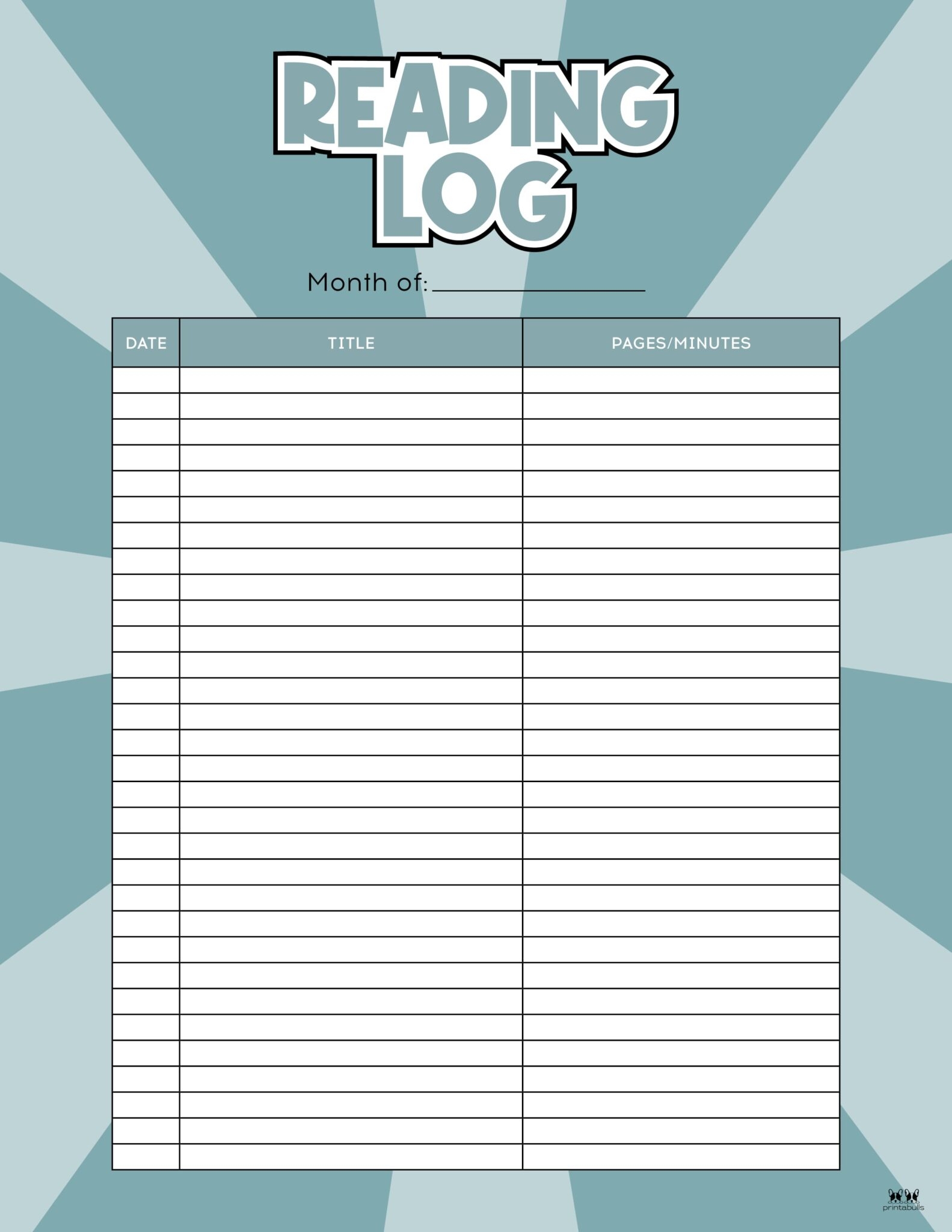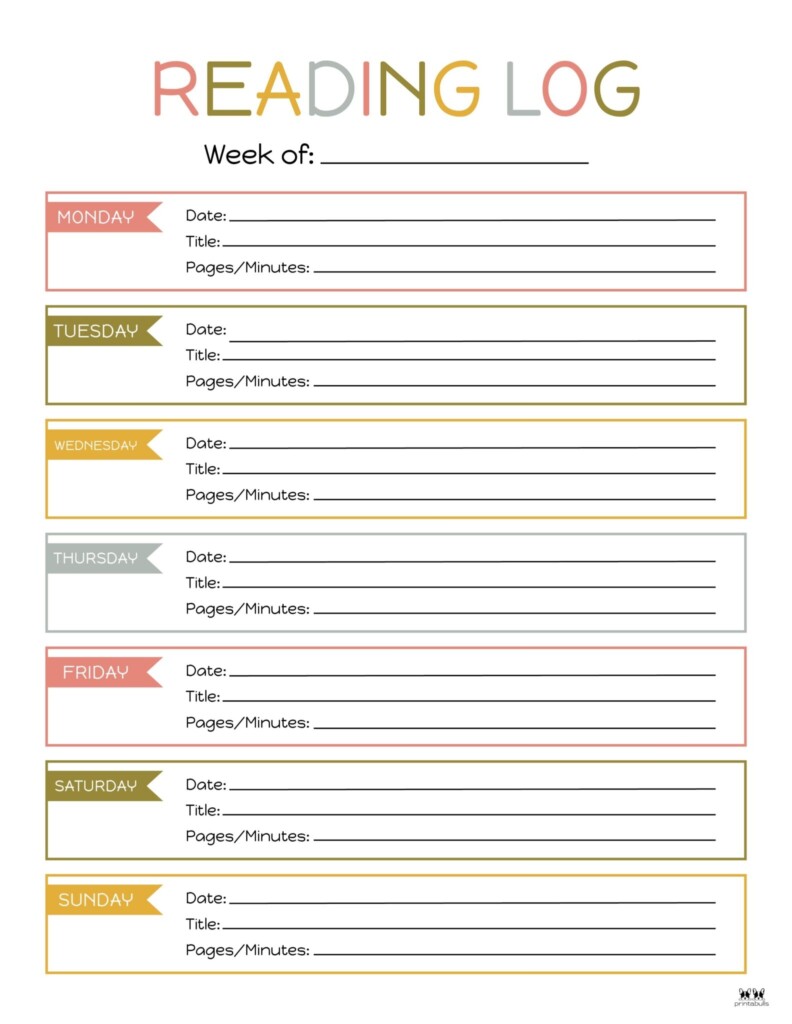In today’s fast-paced world, it can be challenging for both children and adults to find time to read. However, keeping track of your reading progress can help motivate you to stick to a reading routine. Reading logs are a great way to monitor the number of books you’ve read, the time spent reading, and the genres you’ve explored.
By using a reading log, you can set reading goals for yourself and track your progress over time. Whether you’re a student looking to improve your reading skills or an adult trying to make more time for leisure reading, a reading log can be a valuable tool to help you stay on track.
Where to Find Free Printable Reading Logs
If you’re looking for free printable reading logs, there are many resources available online. Websites like Pinterest, Teachers Pay Teachers, and Education.com offer a variety of reading log templates that you can download and print for free. These templates come in different designs and formats, allowing you to choose one that best suits your needs.
Additionally, many libraries and schools also provide free printable reading logs as part of their reading programs. These logs may include spaces for you to write down the title of the book, the author, the date you started and finished reading, and your thoughts on the book. Some reading logs even include space for tracking reading time or setting reading goals.
Tips for Using Reading Logs Effectively
1. Set realistic reading goals for yourself to stay motivated.
2. Update your reading log regularly to track your progress.
3. Use different colors or stickers to make your reading log more visually appealing.
4. Reflect on your reading habits and adjust your goals accordingly.
5. Share your reading log with friends or family members to hold yourself accountable.
Overall, free printable reading logs are a valuable tool for anyone looking to cultivate a reading habit. By using a reading log to track your progress and set goals, you can make reading a more enjoyable and rewarding experience.

